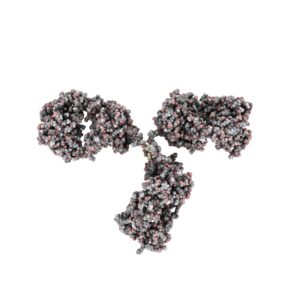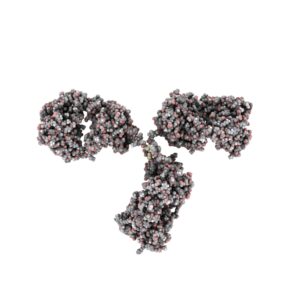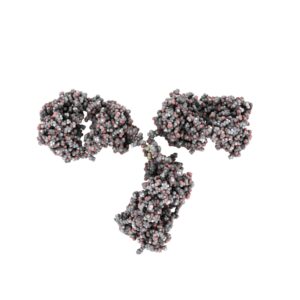SALMONELLA TYPHIMURIUM CELLS, HEAT-INACTIVATED
Heat-killed Salmonella typhimurium cells in dextran solution. Antigen is intended for use as a positive control in immunoassay development for Salmonella detection.
PRODUCT DETAILS – SALMONELLA TYPHIMURIUM CELLS, HEAT-INACTIVATED
- Heat-killed Salmonella typhimurium cells
- Part of the BacTrace® range of antigens and antibodies.
- This product is ideally suited for use as a positive control in immunoassays designed for the detection of Salmonella. It provides verification of the functionality of the assay system.
- Product is considered non-hazardous as defined by The Hazard Communication Standard (29 CFR 1910.1200).
BACKGROUND
The bacterial genus, Salmonella are rod-shaped, gram-negative, facultative anaerobic bacilli, that belong to the family Enterobacteriaceae. The genus is divided into two species groups, Salmonella enterica and Salmonella bongori. S. enterica is further divided into six subspecies which includes S. enterica subspecies enterica. Salmonella typhi is a serovar of this subspecies and is classified as Salmonella enterica serovar typhi. Both S. typhi and S. paratyphi belong to the same subspecies and are generally referred to as Salmonella. Infection caused by S. typhi or S. paratyphi is generally referred to as typhoid fever.
Typhoid fever is an acute systemic illness caused by Salmonella enterica serovar Typhi which leads to infections in children and adults resulting in high morbidity (Paul & Bandyopadhyay, 2017). S. enterica are noncapsulated, nonsporulating, facultative anaerobic bacilli, which contain in their outer membrane a group of proteins (OMPs) which include Braun’s lipoprotein, the porins (ompC, ompF, ompD, phoE, etc.) and the heat-modifiable protein (Omp A). The cell outer membrane proteins (OMPs) play an essential role in adaptation to environmental conditions, motility, adherence, and host cell colonization. These proteins also function in the transmembrane transport of nutrients and ions and play a significant role in the injection of toxins and cellular proteases, as well as the formation of channels for the removal of antibiotics (efflux pumps).
There are only a few vaccines licensed for use in humans which all target Salmonella enterica serovar Typhi. Vaccine development is hampered by antigenic diversity between the thousands of serovars capable of causing infection in humans. However, a number of attenuated candidate vaccine strains are currently being developed (Sears et al., 2021).
REFERENCES
- Sears KT, Galen JE, Tennant SM. Advances in the development of Salmonella-based vaccine strategies for protection against Salmonellosis in humans. J Appl Microbiol. 2021 Mar 4.




